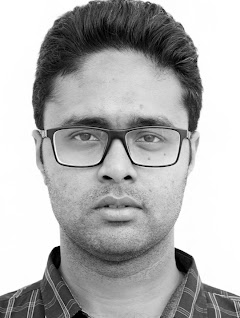Beat
News, culture, daily life, sports.
One Shot

“I was on the beach covering the arrival of Rohingya refugees and took this picture of Hamida, cradling the tiny pale body of her child, Abdul Masood. He appears to have died after a boat capsized as the survivors scrambled to shore. The couple’s other son survived the accident. These people are so desperate that they are risking their lives to escape Myanmar.”
Profile
We had no camera in our family. During a family wedding ceremony, we used to borrow a film camera from a local studio or relatives, so I only used to get the opportunity to take picture during those events. It was exciting to take photographs and to be photographed at the same time.
I never wanted a desk job with 9–5 office hours - that is completely boring to me. Rather I always wanted something challenging, something that let me explore different places and meet strangers, so I started in photojournalism. It also gives me the opportunity to photograph and witness significant moments in politics and history.
Covering the Rohingya refugee crisis left the biggest mark me. As a human being, I feel terrible watching the deaths and suffering of innocent people, including children. It is hard to imagine for the people who have not witnessed it with their own eyes. Just Imagine having no choice but to walk for several days along a muddy path, in heavy rain with your beloved newborn child, old parents and your very last belongings but without sufficient food and water and leave your country, towards an uncertain fate?
A photojournalist produces compelling images which can summarize a whole story and make articles more convincing to the readers. When a reader sees a picture beside a story, they can easily connect themselves with the real incident.
Photographers should spend 90% of their time on research and 10% shooting pictures, a photographer once said at a workshop. This really changed my thinking about photography.
Behind the Scenes




